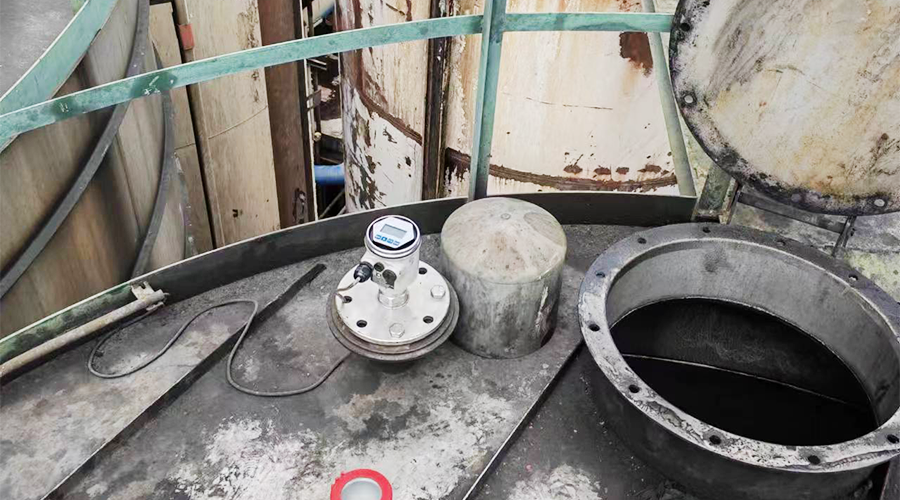What is palm oil?
Palm oil is a type of edible vegetable oil that is derived from the fruit of oil palm trees, which are native to West and Central Africa, but are now cultivated in many other tropical regions around the world. The oil is extracted from the fruit’s flesh and the kernel, and it is widely used in food production, as well as in the manufacture of various other products, such as soaps, cosmetics, and biofuels.
Palm oil is a highly versatile and valuable commodity, as it is relatively cheap to produce and has a long shelf life, making it ideal for use in processed foods. However, the rapid expansion of oil palm plantations in recent decades has led to concerns about deforestation, habitat destruction, and other environmental and social issues. As a result, there have been efforts to promote more sustainable production practices and to reduce the negative impacts of palm oil production.
What is the radar type level transmitter in palm oil factory?
A radar type level transmitter is a type of level measurement device that is commonly used in palm oil factories to measure the level of palm oil in tanks or vessels. The transmitter uses radar waves to determine the distance between the surface of the palm oil and the transmitter, and then calculates the level based on this distance measurement.
Radar level transmitters are often preferred over other types of level measurement devices, such as ultrasonic or capacitance level sensors, because they can provide accurate and reliable measurements even in harsh environments with high temperatures, pressures, or vapor or dust levels. In addition, radar level transmitters are not affected by changes in the physical properties of the palm oil, such as its viscosity or density.
The data obtained from the radar type level transmitter can be used for inventory management, process control, and safety purposes in the palm oil factory. For example, if the level of palm oil in a tank reaches a critical level, an alarm can be triggered to alert operators to take corrective action to prevent spills or other safety hazards.
What is radar type level measurement system?
A radar type level measurement system is a device that uses microwave pulses to measure the distance from a transmitter to the surface of a liquid or solid material. It works by sending a microwave pulse and then calculating the time taken by the pulse to reflect back from the material surface. The distance is proportional to the level of the material in a tank or container. A radar type level measurement system can be used for various applications such as water/wastewater treatment, food and beverage processing, chemical production, oil and gas storage and more. It can measure level under extreme process conditions such as high pressure, high temperature and vapors
What’s the use of radar type level transmitter in palm oil factory?
The use of radar type level transmitter in a palm oil factory is mainly for level measurement and control. Some of the specific uses of radar type level transmitter in a palm oil factory include:
Inventory management: The radar type level transmitter is used to monitor the amount of palm oil in storage tanks and provide accurate measurements of the quantity of palm oil available in the factory.
Process control: The transmitter is used to control the level of palm oil in different stages of the production process, ensuring that the right amount of palm oil is supplied at the right time.
Safety: The radar type level transmitter helps prevent overfilling of tanks, which can lead to spills and pose a safety hazard. It can also trigger an alarm if the level of palm oil in the tank reaches a critical level.
Cost savings: The transmitter helps to reduce the cost of production by ensuring that the right amount of palm oil is used in each stage of the process, minimizing waste and optimizing the use of resources.
Overall, the use of radar type level transmitter in a palm oil factory helps to improve efficiency, increase productivity, and ensure the safety of workers and the environment.
Post time: Mar-10-2023

